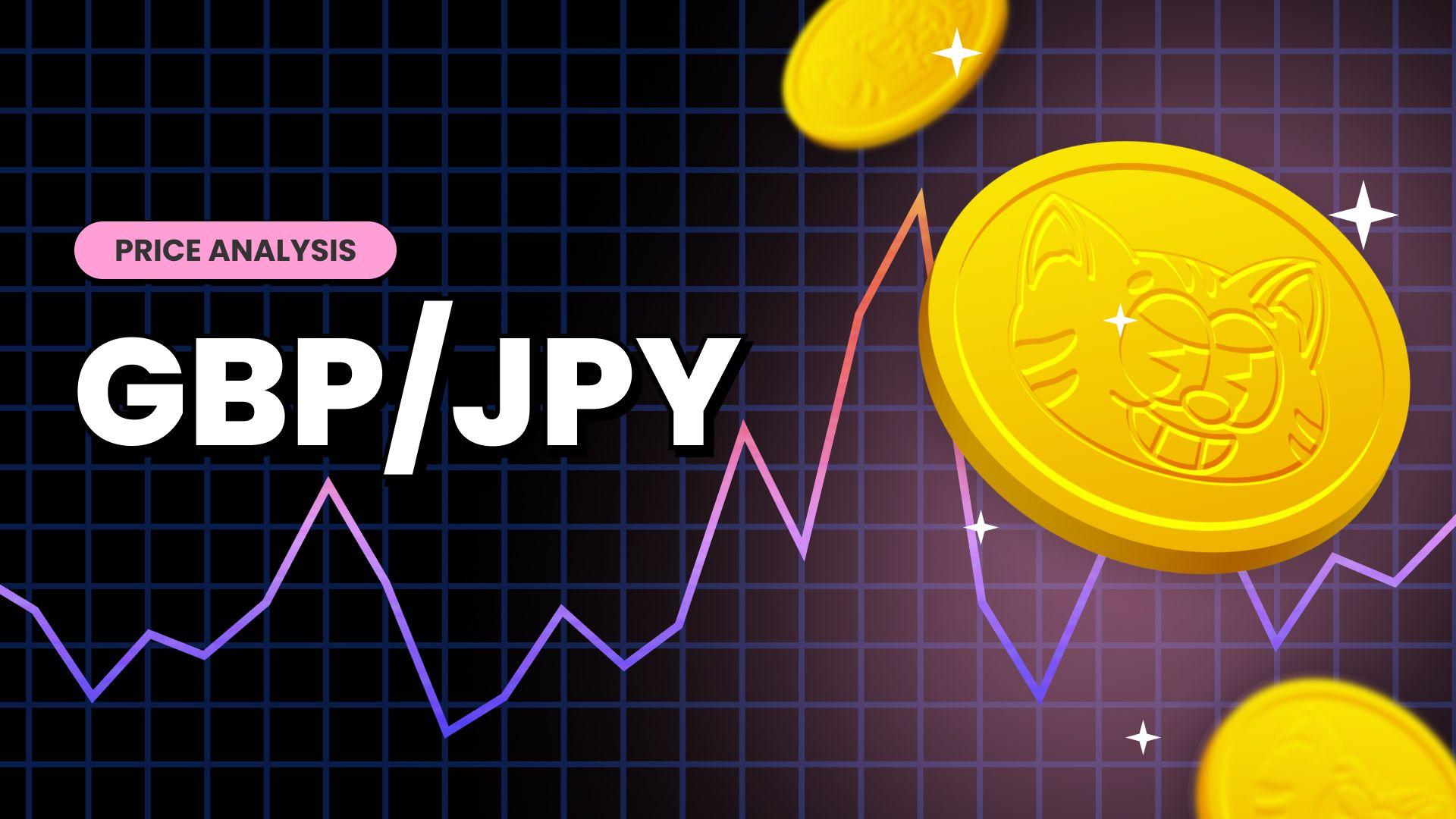GBP/JPY Drop Back Near One-Week Low As Focus Shifts Toward Andrew Bailey's Speech






Key Takeaways:
- The GBP/JPY cross moves back toward a one-week low, weighed by a combination of factors
- The weaker risk tone surrounding the pound and greenback helps exert downward pressure on the GBP/JPY cross
- Further monetary policy easing commitment by the BoJ might help limit further losses around the shared currency
- The market's attention shifts toward BoE Governor Andrew Bailey's speech for fresh GBP/JPY directional impetus

The GBP/JPY pair extended its sharp pullback from the 188.288 - 188.248 region, or the monthly peak, and witnessed selling for the fourth successive day on Tuesday. This also marked the fourth negative move in the previous seven days, dragging spot prices near a one-week low/184.600 level touched on Monday.
The Great British Pound's (GBP) lacklustre performance against the Japanese yen (Yen) could be attributed to a combination of factors. Increased market bets that the Bank of England will leave rates unchanged during the December meeting continue to undermine the sterling pound and help exert downward pressure on the GBP/JPY pair.
This comes after data last week showed that the inflation rate in the dropped to 4.6% in October 2023, down from 6.7% in September and August, falling short of market expectations of 4.8%. This marks the lowest rate since October 2021, partly due to the recent reduction in energy prices following Ofgem's decision to lower the cap on household bills. The core inflation rate, which excludes volatile items such as food and energy, has also eased to 5.7%, the lowest since March 2022. Every month, the CPI was unchanged.
To a greater extent, the better-than-expected U.K. inflation readings overshadowed a jump in the number of people working in the U.K. in the three months to August 2023, plus a modest rise in regular pay last month, which excludes bonus payments for workers in the U.K.

Further weighing on the sterling pound is the subdued U.S. dollar demand amid firm market expectations that the Fed is done with its rate-hiking cycle. This comes after two U.S. Bureau of Labor Statistics reports released last week pointed to cooling inflation pressures at the consumer and producer level, which, together with slowing job and wage growth, fully reinforce market expectations that the Fed is done with its monetary policy tightening campaign. CME's Fed watch tool shows that Fed fund futures traders have priced in a 100% chance that the Fed will leave its Fed Funds rates unchanged at 5.25%-5.5% during the December meeting.
That said, the sterling pound might find some reprieve from the Bank of Japan's (BoJ) commitment towards further monetary policy easing to bring inflation to target. Bank of Japan Governor Kazuo Ueda stressed the need for ultra-loose policy last week, especially after data earlier this week showed that Japan's economy shrank much more than expected in the third quarter.
As we advance, investors look forward to the U.K. docket featuring Bank of England Governor Andrew Bailey's speech during the late-European session. If the Governor sounds more hawkish, it will help limit downside moves around the GBP/JPY cross. Investors will further look for cues from the release of the Labour Productivity and Inflation Hearings data reports.
Technical Outlook: Four-Hours GBP/JPY Price Chart

From a technical perspective, the price is trading below the pivot level (p), which corresponds to the 38.2% Fibonacci retracement level (Fib) at the 185.456 level and is down 0.24% for the day. Some follow-through selling would create the path for a move toward confronting the 184.527 barrier (S1). A clean break below this level would pave the way for a drop toward the 184.318 support level (S2), which sits directly above the 200-day (brown) Exponential Moving Average (EMA) at the 184.272 level. A convincing move below the aforementioned support and EMA levels would negate the bullish bias and pave the way for an accelerated drop toward the 184.000 round mark. In dire cases, the sterling pound could extend a leg against the yen towards the 183.755 support level.
On the flip side, if bears catalyze a bearish reversal, initial resistance appears at the 185.456 level, followed by 185.698, corresponding to the 50% fib level. A clean move above these levels would see the shared currency rise to retest the key resistance level plotted by a descending trendline extending from the mid-November 2023 swing to higher highs. A subsequent break above this resistance level would pave the way toward the 185.956 resistance level, which coincides with the 61.8% fib level. Acceptance above this key level would reaffirm the bullish bias. They would act as a fresh trigger for new buyers to jump in, leading to a provoked rally toward the 186.790 resistance level or, in highly bullish cases, a rally toward the 188.288 - 188.248 region.


